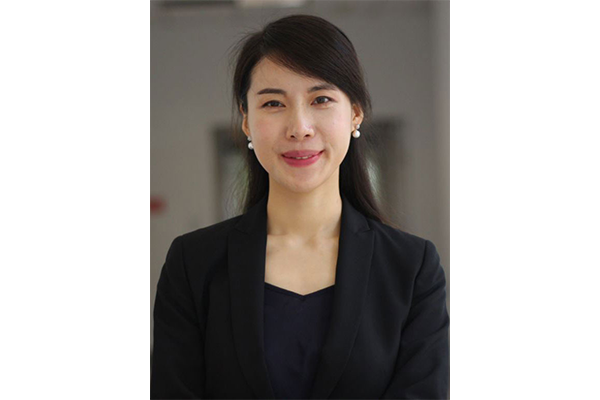Advanced Battery Design Improves Power and Sulfur Utilization

MIE Associate Professor Hongli Zhu published her research on “Operando Neutron Imaging of Lithium Flux and Gradient Cathode Design for Enhanced Kinetics in High-Loading All-Solid-State Li─S Batteries” in Advanced Materials. They used operando neutron imaging to directly visualize lithium flux in solid-state Li–S batteries and designed gradient cathodes that enable uniform Li-ion transport and high sulfur utilization. The five-layer gradient achieved a capacity of 1232 mAh g⁻¹ at 7.5 mg cm⁻².
Abstract:
All-solid-state Li–sulfur batteries (ASSLSBs) are considered promising candidates for next-generation energy storage owing to their inherent safety, high energy density, and abundant sulfur resources. However, slow redox kinetics greatly limit sulfur utilization during solid-solid sulfur reactions, leading to significant challenges to achieve efficient performance in high-mass-loading ASSLSBs. Here, operando neutron image is employed to directly visualize, for the first time, that sluggish Li+ transport kinetics and the uneven distribution of Li+ during cathodic reactions are critical factors limiting sulfur conversion. To address this issue, gradient cathode architectures comprising three and five layers are designed, in which catholyte concentrations are strategically varied to optimize Li-ion flux and enhance ionic conductivity of the whole composite cathode electrode. Operando neutron imaging distinctly visualizes and confirms that three-layer gradient approach significantly enhances Li-ion mobility, resulting in more uniform redox reactions and greatly improved sulfur utilization compared to traditional non-gradient structures. Consequently, the three-layer gradient cathode achieves superior rate performance and reduced electrode polarization at high sulfur mass loadings of 4.5 and 6.0 mg cm−2. Furthermore, the applicability and scalability of this design are demonstrated in a five-layer gradient cathode architecture, achieving an impressive discharge specific capacity increase from 656 mAh g−1 (three-layer gradient) to 1232 mAh g−1 at 1/20 C for ultra-high sulfur loading of 7.5 mg cm−2. This innovative gradient cathode design offers substantial advancements in understanding and overcoming Li-ion transport limitations, paving the way toward practical, high-energy-density ASSLSBs.